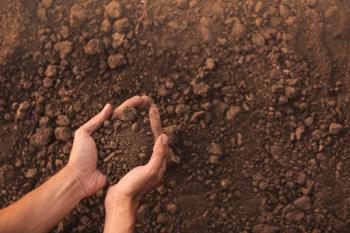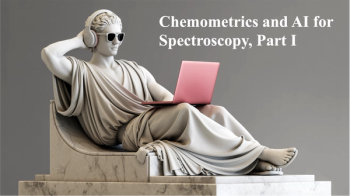
- Application Notebook-09-01-2013
- Volume 28
- Issue 9
The NexION 300X ICP-MS Coupled with the prepFAST Auto-Dilution/Calibration System for the Implementation of USP Chapters 232 and 233
This application brief will give an overview of a published article (1) that describes the analytical capabilities of the NexION? 300X ICP-MS coupled to the prepFAST? in-line, auto-dilution/auto-calibration sample delivery system to determine a suite of toxicologically-relevant elements in a group of four pharmaceutical products using the new USP Chapters <232> and <233>, which have replaced the 100-year old sulfide-based method described in Chapter <231>.
This application brief will give an overview of a published article (1) that describes the analytical capabilities of the NexION® 300X ICP-MS coupled to the prepFAST™ in-line, auto-dilution/auto-calibration sample delivery system to determine a suite of toxicologically-relevant elements in a group of four pharmaceutical products using the new USP Chapters <232> and <233>, which have replaced the 100-year old sulfide-based method described in Chapter <231>.
Chapter <232> specifies the list of elemental impurities (Cd, Pb, As, Hg, In, Os, Pd, Pt, Rh, Ru, Cr, Mo, Ni, V, Cu) and their toxicity limits, defined as maximum daily doses of the four different drug administration categories — oral, parenteral (intravenous injection), inhalation, and large volume parenteral — whereas Chapter <233> deals with the sample preparation, analytical procedure, and QC validation protocol for measuring the elements using ICP-AES or ICP-MS.
Experimental
The objective of this study was to evaluate the capability of the NexION 300X ICP–MS coupled with the prepFAST (Elemental Scientific Inc., Omaha, Nebraska) to determine the complete suite of elements defined in Chapter <232> in a group of pharmaceutical products according to USP Chapter <233> using a variety of sample preparation techniques, including simple dilution and microwave digestion.
Calibration
Elemental target limits, known as "J" values in the USP method, are defined as the acceptance value for the elemental impurities, based on the weight, number of doses, and frequency of taking the drug. For that reason, calibration must be carried out using two matrix-matched calibration standards and a matrix-matched blank. For each element the high standard is twice (2J) the target limit and the low standard is half (0.5J) the target limit.
Results
All four medications were analyzed for their trace element concentrations. Table I shows the four heavy metal contaminants found in one of the oral medications, together with spike recoveries at 80% of the target limits and method detection limits in the original sample. For the complete set of results and QC/QA data generated in this study, please refer to the published paper (1).
Table I
Conclusion
This is just a brief look at the drug products analyzed in the referenced published paper. However, the method showed it was capable of generating detection limits, spike recoveries, precision, ruggedness, and stability data of the highest quality. The benefit of ICP-MS is that it is sensitive enough to be applied to the analysis of any pharmaceutical or nutraceutical material irrespective of the sample preparation requirements.
References
(1) L. Davidowski, A. Shultz, K. Uhlmeyer, E. Pruszkowski, and R. Thomas, Applications of ICP & ICP–MS Techniques for Today's Spectroscopists, supplement to Spectroscopy, November, 8-17, (2012)
PerkinElmer, Inc.
940 Winter Street, Waltham, MA 02451
tel. (800) 762-4000 or (203) 925-4602
Website:
Articles in this issue
over 12 years ago
Direct Mercury Analysis of Gaseous Samples Using Sorbent Tubesover 12 years ago
Specular Reflectance Spectroscopy with Viewingover 12 years ago
Elemental Analysis Through a Plastic Barrierover 12 years ago
Wire Grid Polarizers for IR Spectroscopyover 12 years ago
Improving Trace Metals Data Quality Through In-Lab Acid PurificationNewsletter
Get essential updates on the latest spectroscopy technologies, regulatory standards, and best practices—subscribe today to Spectroscopy.




